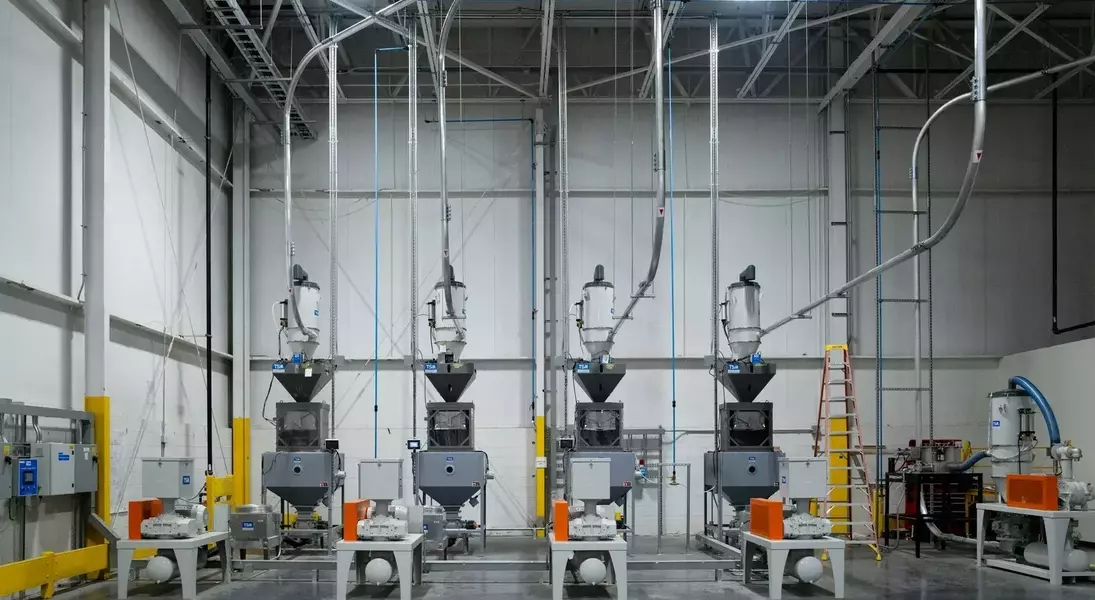
The integration of postconsumer recycled content (PCR) into food and beverage packaging continues to encounter challenges despite growing interest from companies and legislative mandates. Businesses such as Nova Chemicals and Atlantic Packaging are exploring B2B closed-loop systems to enhance PCR supply chains. Additionally, consumer surveys indicate a preference for increased use of recycled materials in packaging, though obstacles remain in balancing supply and demand within the recycled plastics market. Infrastructure limitations and cost disparities between PCR and virgin plastics further complicate progress toward sustainability goals.
Industry experts highlight the need for long-term strategic planning to bridge gaps in PCR procurement. Crystal Bayliss of the U.S. Plastics Pact emphasizes the importance of aligning procurement teams with converters to secure necessary PCR grades. A Closed Loop Partners study underscores the rising demand for food-grade polypropylene, identifying infrastructure as a critical barrier to expanding supply. Presently, food-grade PCR predominantly manifests as recycled PET in beverage bottles, with companies progressively incorporating recycled content into their sustainability objectives.
Challenges extend beyond material availability, encompassing initial packaging design and contamination risks. Stewart Whitmire of Atlantic Packaging warns against unintentional waste stream contamination, such as paper labels on plastic films. Collection inefficiencies also hinder the quality and quantity of food-grade PCR, necessitating greater investment and behavioral shifts in recycling practices. Despite these hurdles, PCR usage has grown by 9% since 2019, reaching 1.2 million metric tons in 2024, driven by end-use sectors like food and beverages.
Economic factors exacerbate the complexity of adopting PCR over virgin plastics. As of January this year, price spreads between recycled and virgin materials reached near-record highs since 2022. Emily Tipaldo of the Association of Plastic Recyclers explains that while virgin materials offer consistent pricing, PCR procurement involves learning curves. The industry faces a classic chicken-and-egg dilemma: limited PCR feedstock availability drives up costs, yet recyclers require assured long-term demand to justify investments.
Aesthetic inconsistencies between PCR and virgin materials pose additional concerns for brand consistency. Longer-term contracts could mitigate these issues, though they often lack enforceability. Companies abandoning PCR contracts due to cheaper virgin materials or imported resins undermine reclaimers' advancements. Bayliss advocates for robust long-term agreements enabling reclaimers to invest in equipment producing higher-quality PCR grades.
Legislative momentum at the state level complements industry efforts. Washington and California have enacted laws mandating minimum PCR content in plastic beverage containers by specified dates. Brands explore alternative strategies like lightweighting and downgauging to reduce virgin plastic usage effectively. Nova Circular Solutions exemplifies innovative approaches through its Indiana facility, aiming to produce over 110 million pounds of recycled polyethylene, including food-grade PCR, by 2026. Traceability and secure feedstock supply underpin the facility's success, supported by FDA approval for Syndigo products suitable for food-contact applications.
To navigate these complexities, Bayliss advises companies to synchronize cross-functional teams, ensuring alignment across sustainability, packaging, and procurement departments. This collaborative approach fosters industry capacity building essential for achieving PCR incorporation targets and preparing for impending state regulations.
